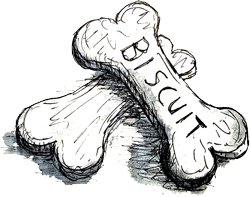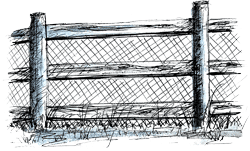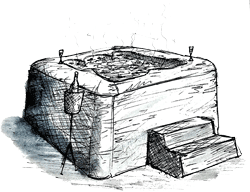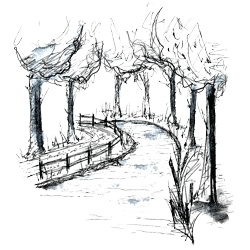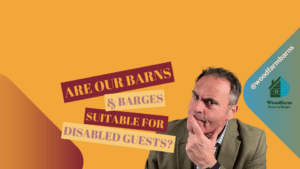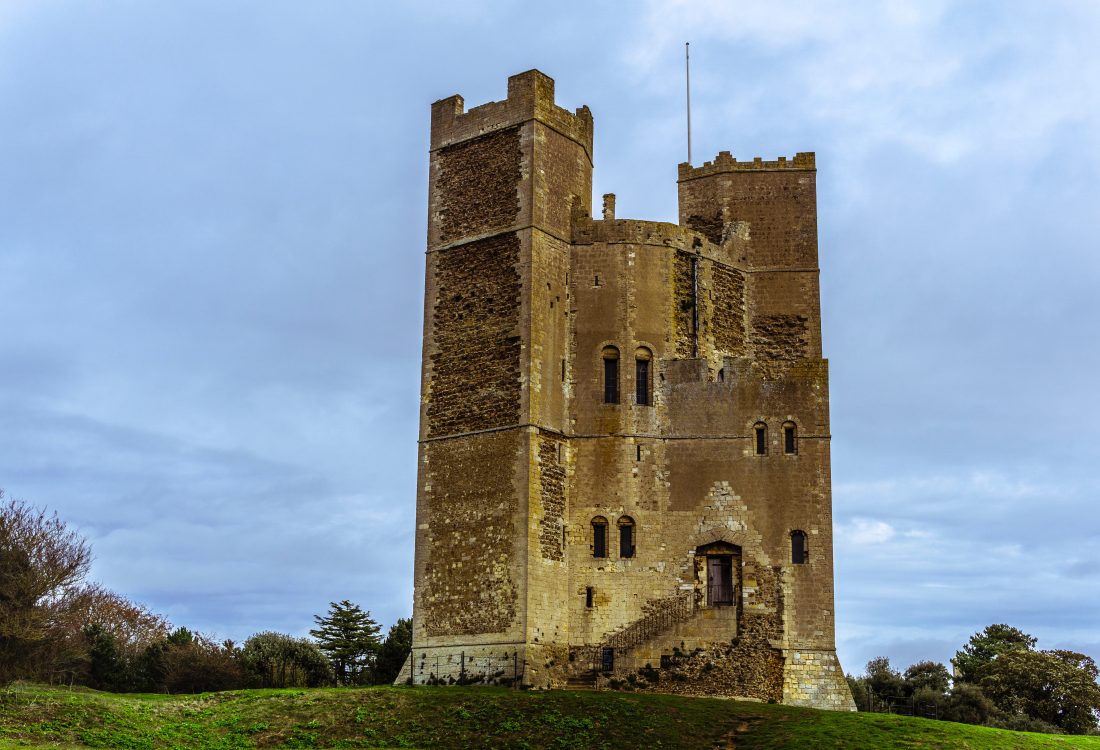
A Brief History of Suffolk
By Carl Scott
In this article, we’ll be delving into the history of Suffolk, and seeing where can you go in modern day Suffolk to see how the history has shaped this area that we know and love. Of course, we’d highly recommend doing so when you’re enjoying one of our Barns or Barges for rent…
The county of Suffolk was formed in the 5th century after the Romans had packed up and left Britain due to their empire falling apart. In the early 5th century, Suffolk was located in the Kingdom of East Anglia where the Angles, one of the main Germanic people, settled later on in the 5th century. Together with the Saxons, the Anglo-Saxons appeared in England along with other Germanic people.
Today, you could visit West Stow Anglo-Saxon village outside of Bury St Edmunds, which is the perfect place to go and explore what a typical Anglo-Saxon village would’ve looked like. West Stow is on the site of an early Anglo-Saxon village, occupied from 420-650 AD and today, you can look at the recreations and explore the galleries as well as exploring the history behind West Stow and how life in Anglo-Saxon England would’ve been.
During the Anglo-Saxon times, villages and towns began to pop up and Christianity started to become a more popular religion, and would, to this day, be the most popular religion in East Anglia.

The people of Suffolk were no strangers to Viking invasions from Denmark, which led to many deaths and raids on farms and houses. It was in one of these raids that the Vikings came across King Edmund, who was King of East Anglia at the time. Historians believe that in 869 AD, King Edmund’s forces were overrun by the Viking’s army. Here, things get interesting due to the varying accounts of his death. Some historians believe that he died in battle, however, others believe that he was taken as a prisoner and was killed by the Danes after he failed to renounce his belief in Christianity.
The place of death is believed to be Hoxne, a small village just south-west of Diss. The Danes did decapitate King Edmund at death, but in 903 AD, the body and head were fused back together and his body was placed in modern day Bury St Edmunds, which became a shrine for him for the next three centuries. Nowadays, in Bury St Edmunds, at the Parkway and Risbygate Street roundabout, there is a statue of St Edmund with arrows poking out to remember his poetic death.
Sutton Hoo, located just outside of Woodbridge, is a National Trust site, and is the site of where, in the summer of 1939, just before World War II, there was a huge discovery of an Anglo-Saxon royal burial of richness. Among the multiple treasures found here was the iconic Sutton Hoo helmet which was highly corroded when found, and a replica has been reconstructed. So, why not take a trip to Sutton Hoo and be in awe at the Anglo-Saxon treasures that were found?
The Anglo-Saxon period soon ended with the invasion of the Normans, who took over England. Castles began popping up across the country, including some in Suffolk, such as Bungay Castle, which is now in ruins, Framlingham Castle – the notorious “Castle on the Hill” – Orford Castle, Clare Castle and Eye Castle, both of which are now in ruins, and all the above can be visited.
During the Middle Ages, Suffolk made a huge amount of wealth from the local wool trade. One town that was important for this was Lavenham, described by some as ‘the best preserved mediaeval town in existence’ shows off architectural styles of the late Middle Ages, Tudor and Stuart period, and was also said to be, in Tudor times, the 14th wealthiest town in England because of the wool industry. Today, you can visit Lavenham and experience first-hand the preservation of the town and the buildings there. Furthermore, you can make it a day out by stopping to have ‘Afternoon Tea’ and visiting The Guildhall, which is over 500 years old, and is a National Trust site, and you can see much more in the village.
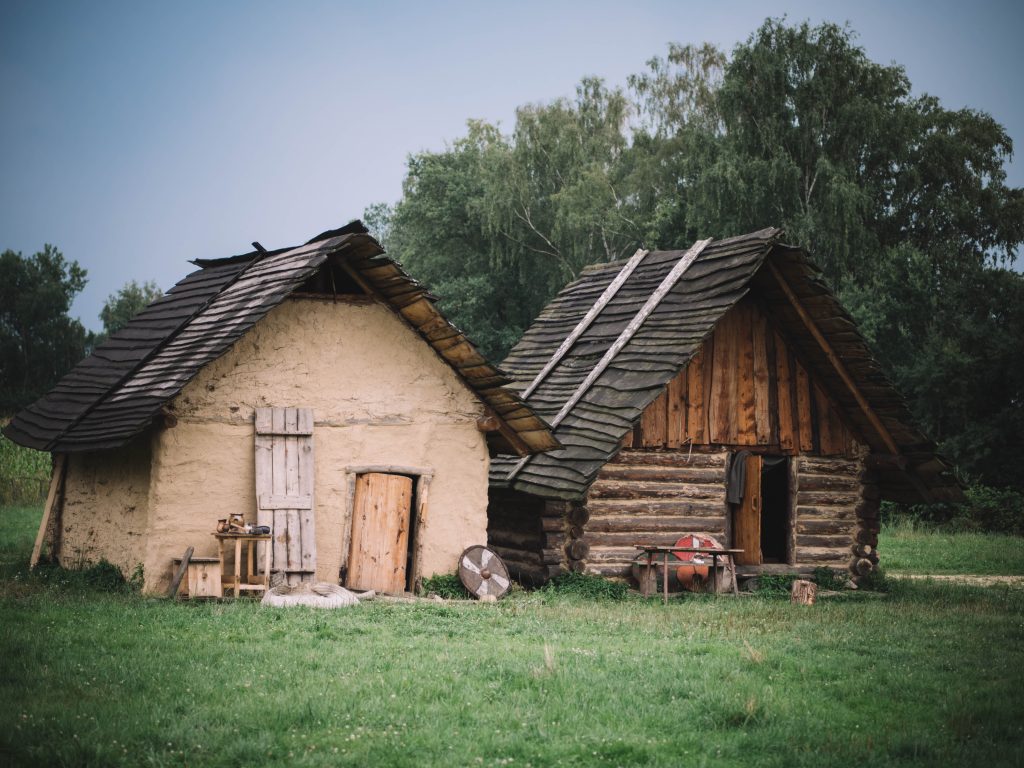
During the English Civil War, most of Suffolk were Parliamentarians who were against King Charles I, with the Parliamentarians main aim being to give Parliament supreme control over the executive administration of England. There was only one real major event in the Civil War in Suffolk which was the ‘Siege of Lowestoft’ in March 1643. This involved Oliver Cromwell, a Parliamentarian, taking over Lowestoft after it became occupied by the Royalist Gentry. Another key moment in the Civil War was the riots in Bury St Edmunds where people were protesting against a Puritan ban on Christmas celebrations.
As Napoleon started conquering land in Europe, Britain needed to try and get some defences ready in case of a French invasion. Today, you can still see some of the defences that they put up in the form of Martello Towers, which are littered across the Suffolk coastline, as far north as Aldeburgh.
Industrialisation began to take place, and like everywhere else in the country, people started flocking from the countryside to the towns, and there began a rapid rise in population. This is when towns such as Ipswich began to grow bigger.
In the 20th century, WWI broke out, and then, not long after, WWII. In the first World War, Suffolk sent 27 battalions, with the 7th Battalion being nearly completely wiped out at the Battle of Cambrai. Some towns in Suffolk were bombed by Zeppelins, such as Southwold and Felixstowe, and multiple bombs hit Lowestoft from German ships.
In the second World War, the story of Shingle Street is one of fascination to some people. So, if you want to read more about Shingle Street, a small village on the Suffolk coastline, read our blog here. There were also some RAF bases built for the war in Suffolk, such as RAF Wattisham, which opened in April 1939, not long before the war would grip the entire continent of Europe.

After the war, Suffolk began to grow even larger, and to this day, is still growing. Of course, there are many National Trust and English Heritage sites, which you can visit, like the stately homes, which allow you to get an idea of their history and the history of their time period in which they were built in, such as Kentwell Hall, just outside of Long Melford, which was built in the early 16th century. Similarly, you can visit Ickworth House, which was built from the late 1700’s to the early 1800’s, just south of Bury St Edmunds, and more.
So, when in Suffolk, and you’re staying with us at Woodfarm Barns and Barges, why not take a visit to these different historical places to get a flavour of what has shaped Suffolk to how it is today.


